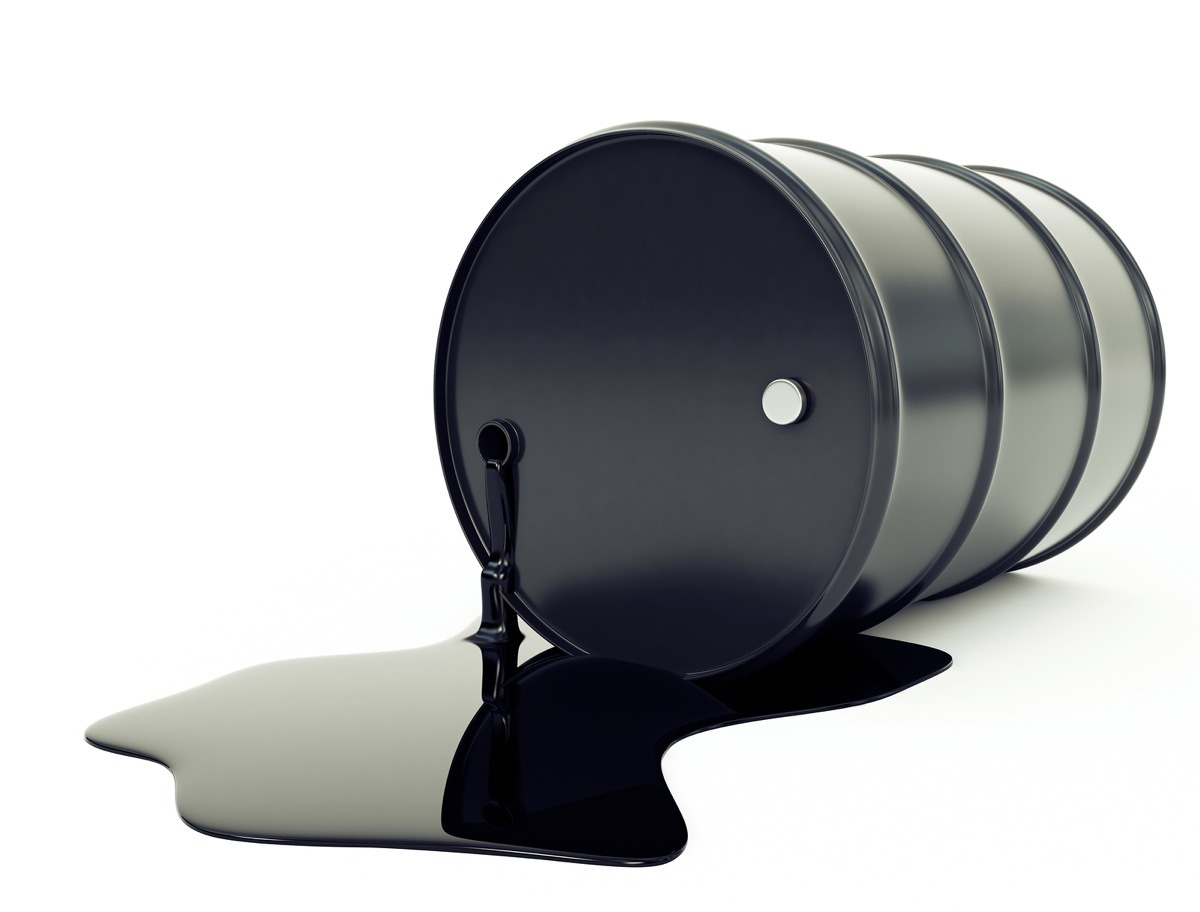According to the weekly Commitment of Traders (COT) report issued by the Commodity Futures Trading Commission (CFTC), crude oil drillers have sold the most forward production since oil was trading at more than $100 per barrel. Considering that drillers are willing to sell just as much at half the price and that the recent rally to $50 per barrel has been purely speculative, how low will prices go once the speculators get forced out and the producers' selling drives the market lower?
We study the interaction between the commercial traders and the speculators to determine market bias and imbalance. Our thesis is that the commercial traders, by virtue of their business models, provide the best approximation of a market's true value. Therefore, the more intensive their actions, the more we stand up and take notice. We quantify the market's bias through the commercial and speculative net positions and total positions. This allows us to measure their actions on both an absolute scale through the total position and on a relative basis via their associated net positions. The simplest way to view this is to think of the net position as market movement and the total position as open interest. Strength equals a growing total position along the net position's general direction.
We'll start with the big picture on the weekly chart below. First, notice that the last time the crude oil market was this imbalanced was the last major high, two years ago. Also note that the weekly trend line will show up once again when we move to daily analysis. Two years ago the commercial traders were net short nearly half a million contracts. This was in direct conflict with the speculative position that felt they were buying a bargain at $100 per barrel. The speculative position swelled to a record of net long more than 460k contracts. This net position record was built on a total speculative position of 637k contracts. There were nearly two spec longs for every spec short. Meanwhile, the total commercial trader position reached 1.5 million contracts, more than twice the speculative size. Furthermore, the total commercial position was still well below their record position of nearly 2 million contracts. Therefore, we reached a situation where the speculative traders were fully bought in while the commercial traders still had considerable selling capacity left to deploy.

The current situation is very similar. Speculators were big buyers through spring as crude oil drillers were deciding how much to pump at the depressed prices. Once the market moved back above $40 per barrel, the producers turned the drills back on and they've been selling ever since. For all the rhetoric regarding profitable pumping prices, I think the truth is that crude oil producers are willing to take a haircut on prices in the short-term in order to continue financing their operations.
Moving to the daily chart we show the actual setups that we use to create our Discretionary COT Signals. As we mentioned before, our solution is bias based. We look for a market where the internals are exceptionally imbalanced and short-term market momentum has moved against the commercial position sufficiently to allow us a better entry price than the commercial hedgers. It has been our experience that markets at net and total position extremes are more likely to revert their previous price levels than to continue moving in the speculative direction. This is primarily due to the fact that the typical commercial total position is roughly twice the size of the typical speculative total position. Furthermore, the commercial traders' anticipated direction is based on their collective assessment of value, which is usually closer to the real price than the overly inflated or, depressed prices driven by speculators.

Here are the rules we trade by that caused us to send out a sell signal in crude oil on Tuesday, May 31st along with a corresponding protective buy stop to be placed at $50.10. First, we only take trades inline with the commercial traders' collective momentum. In this case, commercial momentum is negative. Therefore, we're only looking for short trades. Second, short-term market momentum has to move against the commercial position sufficiently to create an overbought or, oversold condition. We're looking for an overbought condition to create a rally for us to sell short. This builds tension within the market and improves the risk to reward ratio of our trades. The only downside is that we do miss our share of trades in trending markets. Finally, we wait for the market to turn. This signals the entry and provides us with a swing high or low price at which we can place our protective stop.
We expect the speculators to exit their long positions forthwith. We expect this selling to push the market back towards $40 per barrel as it looks like there are approximately 175k speculative contracts that need to be sold in order to return to their average net position size. Finally, this is the most overbought the crude oil market has been on a weekly basis since July of 2008 when the market was making its all-time highs. The turn south could be much quicker than the media is predicting.







